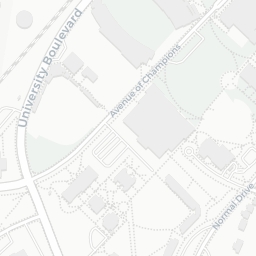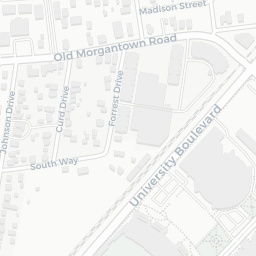Building Objectives - School of Teacher Education
Building Objectives
Use the following radio buttons to select components for composing an objective.
Remember that an instructional objective successfully communicates an intended instructional result to the learner. It conveys to others a picture of what a successful learner will be able to do to the extent that the picture it conveys is identical to the picture the objective writer had in mind. When you finish writing an objective, stop to look at it and ask yourself why you want students to be able to do what you've described in the objective. If the answer is, "Because that is one of the things they need to be able to do when they complete this course," then the objective is probably acceptable. However, if the answer is, "So that they will be able to _____________," and you fill in the blank with something other than what the objective describes, then it may be describing a teaching procedure or the incorrect behavior. If this is the case, try reworking it.
Conclusions
After generating your instructional objectives, you are ready to move to subsequent stages of the instructional design process, including the creation of assessment items and the development of instructional activities. It is important to begin with determining the specific instructional objectives, and then decide on the most effective assessment strategies and instructional activities, NOT the other way around. Too often teachers decide that they have a really neat activity they want to do and have little idea of what objectives that activity will meet. It may be that the activity meets no relevant objectives in which case it may be necessary to eliminate the activity. This is not entirely bad, though, because it opens up the possibility of new, more relevant activities being created that do address the objectives.
In summary, to prepare a useful, well-written objective, make sure these questions are answered:
- Who is learning?
- What do I want students to be able to do?
- What are the important conditions or constraints under which I want them to perform?
- How well must students perform for me so I know they have mastered this objective?
You are now prepared to complete the assessment portion of this tutorial.
The School of Teacher Education
Gary A. Ransdell Hall, Office 1005
1906 College Heights Blvd. #11030,
Bowling Green, KY 42101-1030
Additional Information
Program Info




















